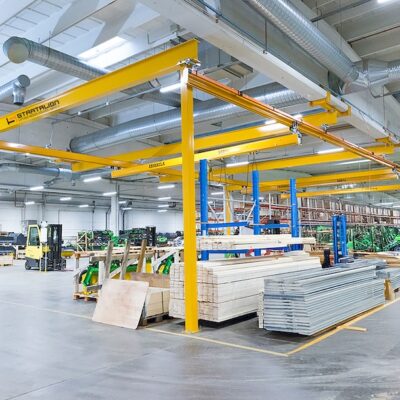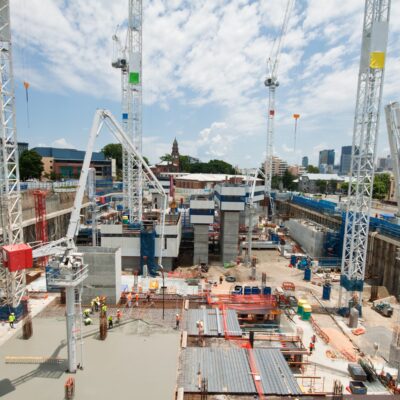Solving office airflow can protect against Covid
There are several things you can do to improve the ventilation in your offices, classrooms or buildings, and Tether’s new software is available to help. What makes people fearful of COVID-19 […]
There are several things you can do to improve the ventilation in your offices, classrooms or buildings, and Tether’s new software is available to help.
What makes people fearful of COVID-19 is that it is invisible, but with the right tools people can monitor the invisible and assess the Covid risk that a room, classroom and building may pose.
Tether chief executive Brandon van Blerk (pictured) said while masks are generally effective at blocking some virus particles when outside, however protection indoors is another matter. “Any virus in aerosol form can be spread by a sick human. As that infected person breathes, they expel small amounts of the virus along with water vapour and carbon dioxide (CO2).
“These tiny aerosols can float in the air for some time, and people breathe that virus-infected air. A room with poor ventilation can turn stagnant. Anything floating through the space will remain suspended for up to two hours after an infected person has departed a room,” van Blerk said.
To visualise this phenomenon, van Blerk points to the ability to smell smoke from a cigarette, even if the person smoking is dozens of metres away. The reason for this boils down to ventilation, he said. “The problem is, Covid-19 is invisible and doesn’t smell, unlike smoke particles, even though they are about the same size.”
To help reveal this to building owners and schools, Tether has launched new software (which can be used with Tether’s own or other CO2 monitors) called Covid Care. The software will warn an occupant if a room is conducive to Covid transmission.
Covid Care uses CO2 as a proxy for detecting virus particles rather than direct testing. “In poorly ventilated rooms, CO2 concentration rises as people breathe. But what also increases alongside CO2 is the number of virus particles. So, we can assign a risk profile to a particular room and inform the occupants of their chance of catching Covid just by measuring the CO2,” said van Blerk.
“Covid Care is just an indicator of the risk of catching a virus, not direct evidence. But it shows how well a room is ventilated, and that can be invaluable information.”
Tether’s software comes in two primary forms. The first one is for schools (where there’s a lot of talking and, therefore, a higher potential for spreading viruses). The second is for office spaces (which tend to have less talking but more stagnant zones where CO2 can build up to unhealthy levels, such as conference rooms).
“Covid Care is about giving people peace of mind that their indoor air is moving. Measuring CO2 is a great way to judge that,” van Blerk said.
There are several things everyone can do to improve the ventilation in their offices, classrooms or buildings:
1. Get the data
It is hard to know what changes to make (if any) without data about a room’s air quality in the first place. That’s where Tether’s new software can help. Van Blerk said to reduce Covid transmissibility, the recommended concentration of CO2 in any indoor space should be under 800 parts per million (PPM).
“If the air in your classroom or office space is perfect, you may not need to do anything. But you won’t know until the air in the space is tested. Best solutions cannot exist without the data to inform them,” he said.
2. Check the hardware
It’s not uncommon for people in an office environment to disagree about whether the air is too hot or cold. Van Blerk said this is usually a significant clue that the ventilation systems are not working well.
“Many offices spaces can be terrible locations full of stagnant CO2-filled air since the doors and windows usually remain closed in an office.
“But schools are a bit different. Some may have enough funding for good quality ventilation systems, but many public schools don’t have the money for this. Without data about the air quality, it may be hard to request extra funding for ventilation,” he said.
3. Ventilation strategy
The most important thing is developing a good ventilation strategy, whether for an office or a school.
“If you ask a school principal about their ventilation strategy, they will probably look at you strangely. But if the data shows CO2 rates are shooting up when kids are in the classroom, that can be a problem for concentration as well as creating conditions ripe for Covid transmission.”
COVID Care is the first step in a ventilation strategy. a.) It assesses what the ventilation is like in a room b.) It captures and records data, allowing school principals and business owners to predict risk and c.) It informs an appropriate ventilation strategy.
For more information visit: https://www.tether.co.nz/






